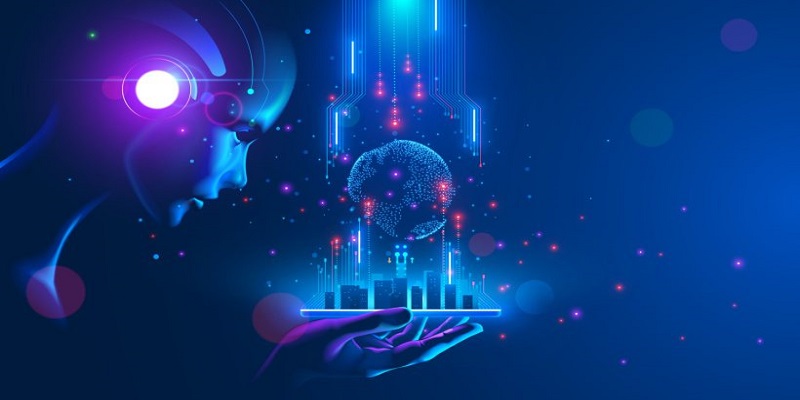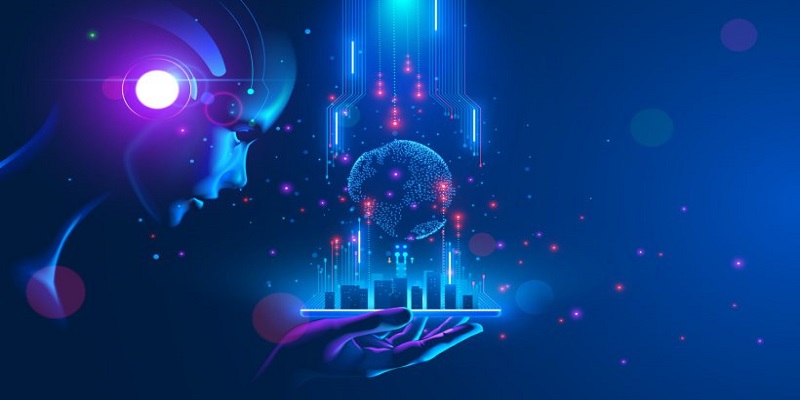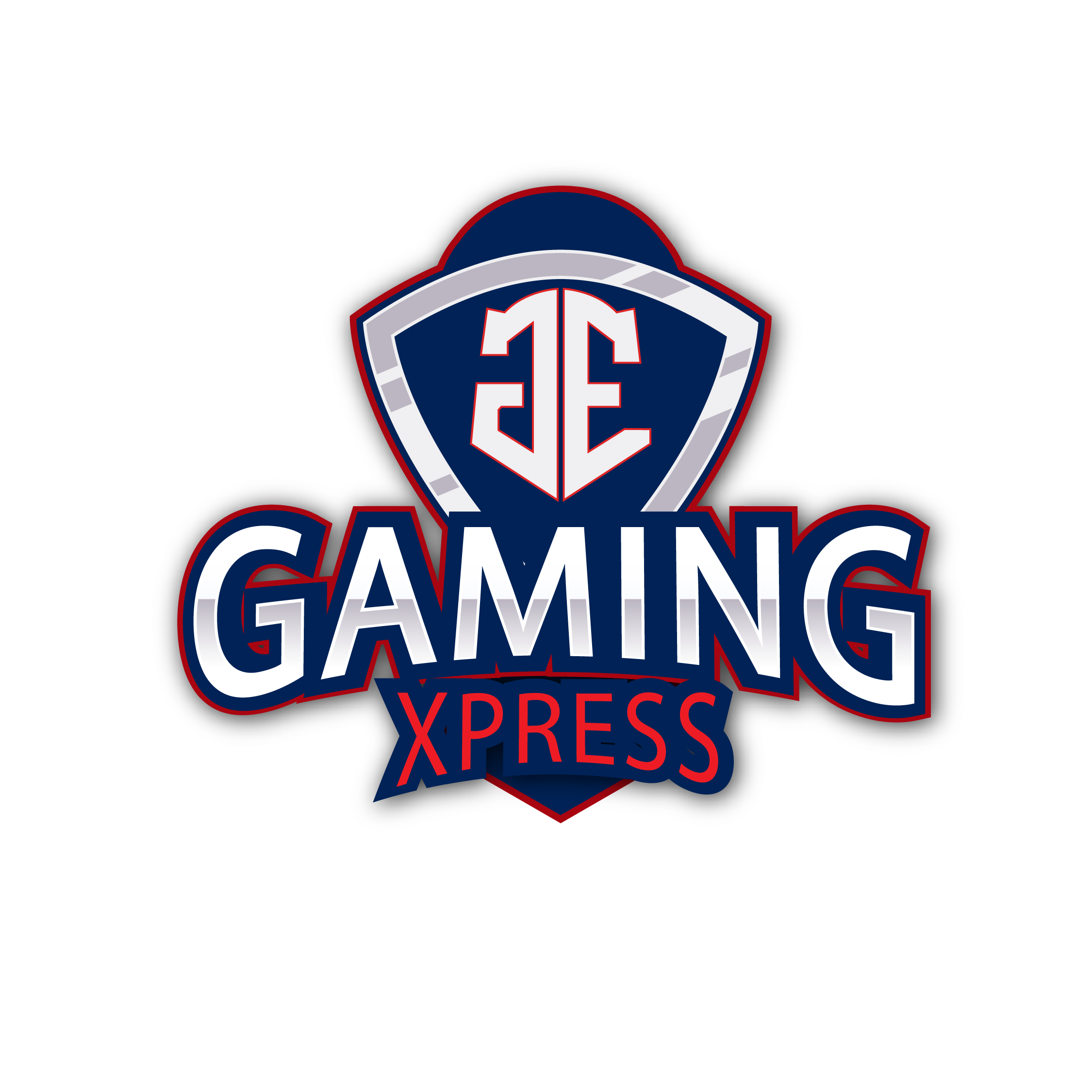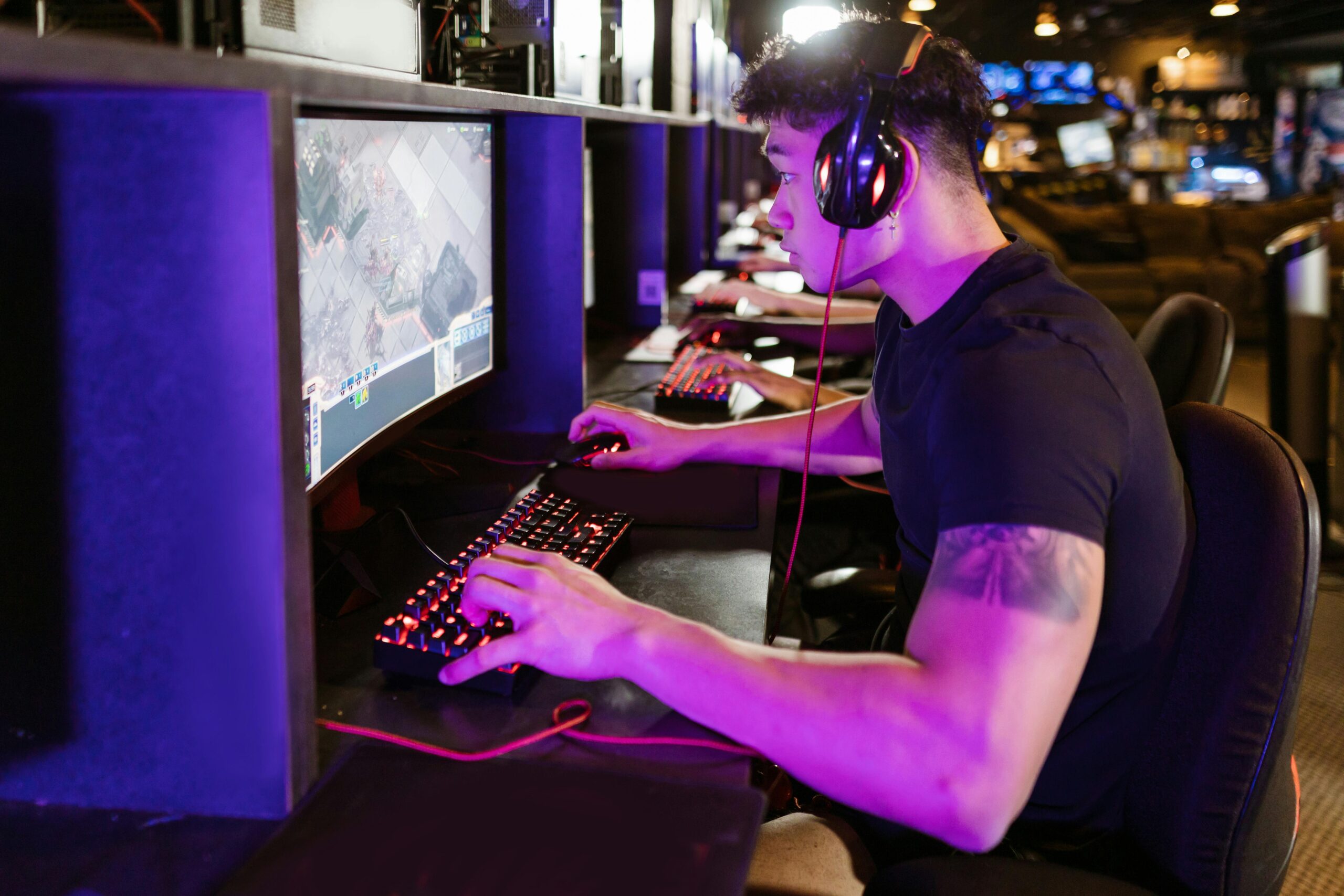

It’s hard to imagine that animators of the old days would draw every single frame by hand. These frames would then be photographed one by one – a typical episode of Tom and Jerry, shot in the 1940s, took around six weeks to make. Animation has come a long way since then, of course. Today, anyone with a computer and time to learn Blender, for example, can put together a similar animated film in far less time. And we are on the brink of a new evolutionary step in the world of animation: generative AI.
Generative AI is a subset of artificial intelligence that involves using algorithms to generate new content, including images, music, and even entire animations. Today, we’ll take a closer look at how generative AI will impact the animation industry.
Streamlining the Animation Process
One of the most significant impacts of generative AI on the animation industry is that it will streamline the animation process. Traditionally, animators have had to create each frame of an animation manually, which can be a time-consuming and labor-intensive process, no matter if they are cartoons or stop-motion. However, generative AI can be used to automate certain aspects of the animation process, such as generating backgrounds, crowd scenes, and other repetitive elements. This will free up animators to focus on the more creative aspects of animation, such as character design, storytelling, and dialogue.
Speeding up game development
The impact of AI on the creation of casual games will also be significant, especially when it comes to online slot machines. Millions of players check out online guides to online slots day after day, seeking out the games that give them the most familiar setting but with the most innovative features. Because of that, developing slot machines is a large and lucrative business, and always in demand – dozens of new games are launched every month, and players are always looking for more.
It’s relatively easy to develop slot machines, considering that the majority of games have relatively standard formats and mechanics, so creatives can focus on elements like characters, symbols, and special features. With AI taking care of the tedious part of the process, more time remains for the quality, usability, and entertainment value of the games, no matter if they’re building a match-three or a slot machine.
Enhancing Animation Quality
Generative AI can also be used to enhance the quality of animations. For example, AI algorithms can be trained to generate realistic textures, lighting, and shading, which can make animations look more lifelike and immersive. This is particularly important for 3D animations, which require a high degree of realism to be effective. In addition, AI can be used to analyze existing animations and identify areas for improvement, such as inconsistencies in character movements or lighting.
Creating New Animation Techniques
Another way that generative AI will impact the animation industry is by enabling the creation of new animation techniques. For example, AI can be used to generate animations that are based on real-world physics, such as fluid dynamics or particle systems. This can lead to the creation of new types of animations that were previously impossible to create manually. In addition, AI can be used to generate animations that are based on specific styles or aesthetics, such as anime or pixel art.
Fostering Collaboration and Creativity
Finally, generative AI can foster collaboration and creativity within the animation industry. By automating certain aspects of the animation process, animators will be able to work more efficiently and focus on the creative aspects of animation. In addition, AI can be used to generate new ideas and concepts, which can inspire animators and lead to the creation of new and innovative animations. This can also lead to more collaboration between animators and AI experts, who can work together to develop new tools and techniques for the animation industry.
Conclusion
Generative AI is poised to have a major impact on the animation industry, streamlining the animation process, enhancing animation quality, creating new animation techniques, and fostering collaboration and creativity. While there are still challenges to be addressed, such as ensuring that AI-generated animations are ethical and unbiased, the potential benefits of generative AI are clear. As AI technology continues to evolve, we can expect to see new and exciting innovations in the animation industry that will push the boundaries of what’s possible.





